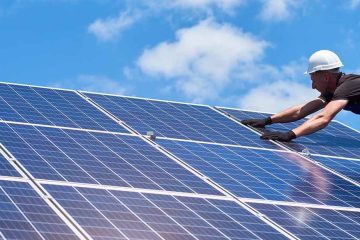A Beginner’s Guide To How Solar Panels Work
Solar systems to generate electricity in homes are becoming increasingly popular with homeowners, not just for the financial benefits but also as the focus intensifies on the desire for increased use of renewable energy sources. However, many people are still unfamiliar with how solar systems work, particularly how solar panels can transform light from the sun or any other source into usable domestic electricity.
In this beginner’s guide, we will explain the basic principles behind solar panels and how they can be used to produce electricity for homes. Fear not; we will not make it so technical that you would need a degree in solar energy or electrical engineering to understand it.
What Are Solar Panels?
Let us start with the absolute basics, and that is answering the question, “What are solar panels?” just in case anyone reading is not aware of them. Solar panels are devices within a solar power system that convert sunlight into electricity, and they can be used for both residential and commercial properties. They are made up of numerous photovoltaic (PV) cells, which comprise mainly silicon but also some other materials.
When sunlight hits these PV cells, it causes electrons to move, creating an electrical current. At this stage, the electricity created is direct current (DC) akin to the electricity supplied by the battery and alternator within your car, so it has to be converted into alternating current (AC) for use in domestic properties.
